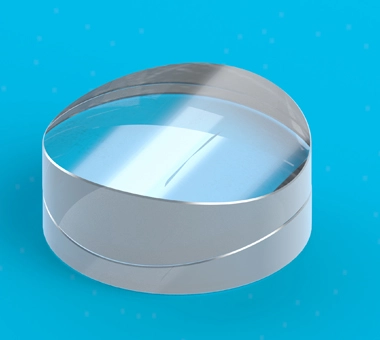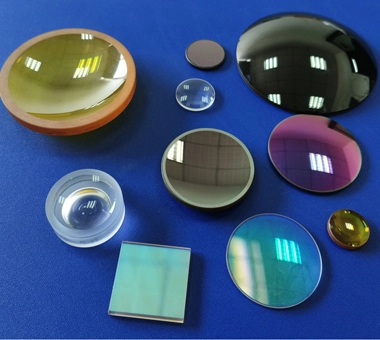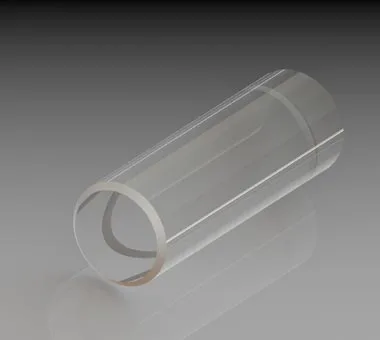
Call Us
86-755-82924037
Call Us
86-755-82924037
The intersection of optical technology and virtual reality (VR) or augmented reality (AR) has been transformative, creating immersive experiences that were once the realm of science fiction. At the heart of this confluence are optical lenses, which play a crucial role in bridging the gap between digital content and human perception. These lenses not only allow users to delve into virtual worlds but also superimpose digital imagery onto our real-world view, offering limitless possibilities for entertainment, education, training, and beyond.
One of the most critical aspects that optical lenses influence in VR/AR applications is the field of view (FOV). The FOV directly impacts the immersiveness of the experience, with wider fields of view allowing for a more engulfing experience. Optical lenses must be meticulously designed to maximize FOV without distorting the image, a challenge that requires advanced optical engineering and design. The quest for a broader FOV without compromising image quality is an ongoing pursuit in the industry.
Optical lenses in VR/AR devices must provide exceptional image clarity to ensure a realistic and comfortable user experience. This includes minimizing aberrations such as chromatic aberration, where colors separate and create a blurred or distorted image around the edges. Manufacturers often use aspherical lenses or advanced coatings to mitigate these effects, ensuring that the virtual content appears sharp and clear across the entire visual field.
Prolonged use of VR/AR devices can lead to eye strain, partly due to the focus demands placed on the eyes by the close proximity of the displays. Optical lenses play a crucial role in reducing eye strain through techniques such as incorporating blue light filters and optimizing the lens curvature to match natural eye geometry. By reducing glare and improving focus dynamics, these optical innovations allow users to enjoy longer sessions with increased comfort.
Advances in optical lens technologies have paved the way for revolutionary products such as our aspheric achromatic lens in the VR and AR landscape. High-end VR headsets now offer unparalleled immersiveness with almost life-like visual quality, thanks to the sophisticated optical designs that correct distortions and provide wide FOVs with optical dome lens for example. Meanwhile, AR smart glasses are becoming more lightweight and comfortable for everyday wear, incorporating advanced optics that overlay digital information seamlessly onto the real world without obstructing the wearer's vision.
The future of optical lenses in VR/AR is geared towards achieving even more compact, efficient, and high-performing solutions. Innovations such as waveguide optics and holographic lenses are on the horizon, promising to reduce the size of AR glasses to near-conventional eyewear while maintaining high-quality visual overlays. Furthermore, the integration of adaptive lenses, capable of adjusting focus dynamically, aims to mimic the natural focusing ability of the human eye, potentially eliminating the issue of eye strain altogether.
Choose Solar Valley optical lens wholesale, Optical lenses are at the core of the VR/AR evolution, enabling these technologies to flourish and expand into various sectors of our lives. As the industry continues to push the boundaries of what's possible, the advancements in optical lens design and application will remain central to delivering more immersive, lifelike, and comfortable virtual and augmented experiences. The journey of optical lenses in VR/AR is a testament to the incredible potential of melding cutting-edge technology with human vision, opening doors to new realms of digital interaction.


Bldg. A Baolong Industrial Zone #491 Dalang South Rd. Longhua District Shenzhen China
Copyright © Shenzhen Solar Valley Scitech Development Co., Ltd. All Rights Reserved.
